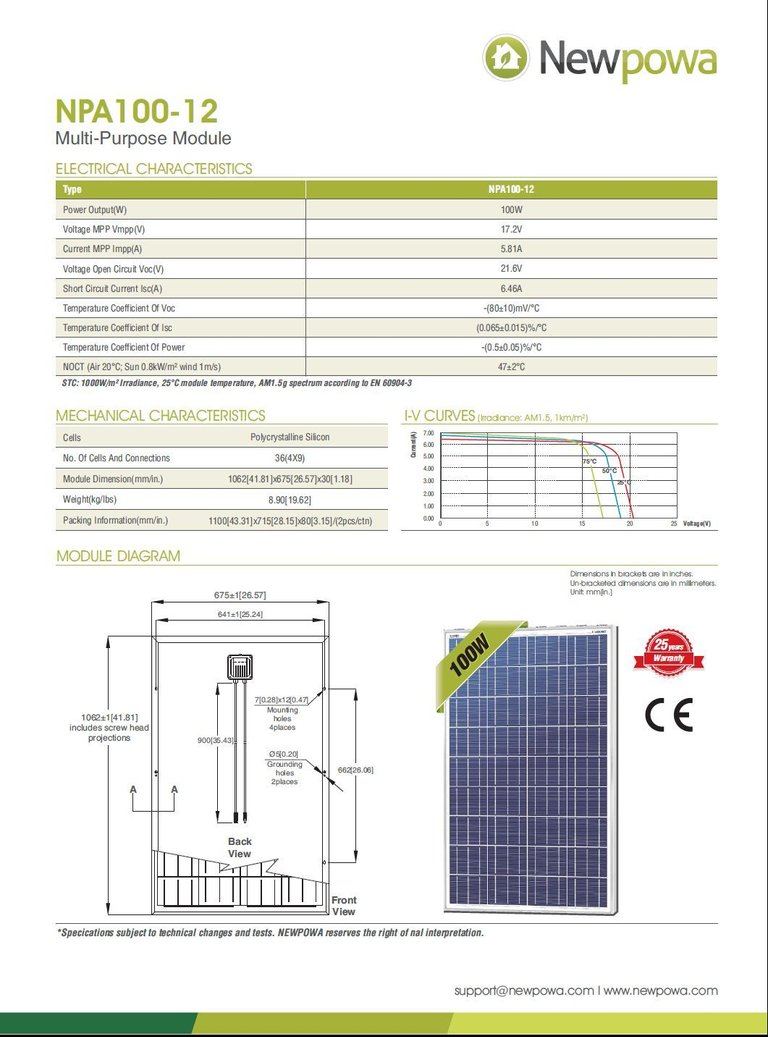
Second to the initial mining rig purchase cost, the daily cost of electrical power greatly effect miner's profitably. Here are a few tips for reducing one’s electrical consumption without doing a complete solar or alternative energy installation.
- 1. Turn off any lights and appliances not being used including computer monitors. This is a common sense issue but you would be very surprised at the number of people that do not follow this simple suggest. of course the power company also makes this suggestion but they really don’t care if people implement this practice because it is lost earning for them.
- 2. Once upon a time, electronic device has their power supply incorporated into the main cabinet and when the power switch was deactivated, it would shut off the power feed from the AC source. This changed and now most power supplies still draws power from the AC source when the device is turned off, a good example are laptops computers. Unplug them when not in use or get a switched power strip is highly preferred. Remember, the power companies makes these same suggestions also, but they really don’t care because they enjoy taking your hard earned money.
- 3. Replace incandescent lighting with LED especially external lighting that are usually on from dusk to dawn.

4. Now for the fun stuff, In the absence of going with a full solar installation by hired contractor or doing it yourself, acquiring a few solar panels and a grid tie inverter will help offset the mining electrical cost. Solar Panels come in a variety of size and wattages however, as a rule of thumb, calculate 80% of the rated power as being useful. Example, if a panel is rated at 100 watts, you will only get about 80 watts of useful power from it at max. A grid tie Inverter converts the DC wattage from the solar panels and is designed to monitor the grid voltage and frequency then adjust its output accordingly. When there is a power outage on the grid, the grid tie inverter shuts down to prevent back feeding that may injure someone specially power line workmen trying to restore power. We want to use an UL approved Inverters, there are many inverters coming from China so be careful in selecting one that has a good safety record and reliable. Make sure the select one that matches your local power specifications like, 110 volts 50 or 60 hz etc. With the Grid Tie Inverter show above, simply output power cord in to the same circuit as the mining rig. It does not have to be the same socket but on the same circuit.
The key is to generation just enough power to meet the load requirements without exceeding the load causing a back feed the into the grid. I have heard of intelligent grid tie inverters that monitor the load side making adjusts automatically matching the load however, I have never seen one in action nor know of a specific brand by name. Most people now have smart meters installed by the power companies that monitor energy consumption in real-time. The power companies knows exactly the power usage and time of day generally when the most power is used. They claims this is to help better manage demands, this is true in my opinion however, there is a negative side to this too. They also know when there is an alternative energy generator is operating on the property. These generators on the load side may create more power than the load required and will feed back into the grid. The power companies once had no means of monitoring this and older meters would run backwards, this created the incentive for innovation aka Smart Meters. Note, in order to sell power back to the power companies' grids, the generator has to meet local government regulators, standards and approved by the connecting power company. We need to face fact too, there are safety issues as well, we would not want someone to be injured or killed because of our carelessness and need to save a buck. Key note here is to keep the solar generator small and well under the total power requirements used by the mining rig.
Posted from my blog with SteemPress : https://www.private-locker.com/cryptocurrency/lowering-mining-electrical-cost/